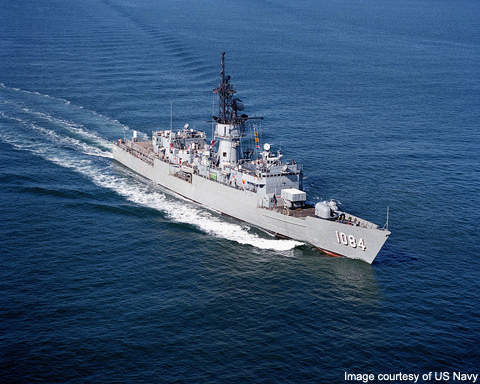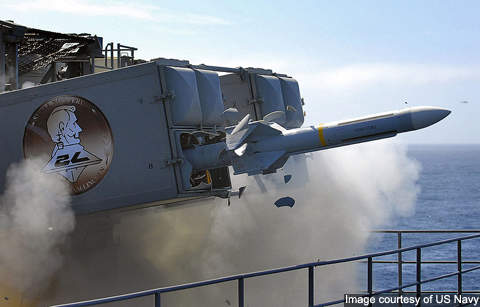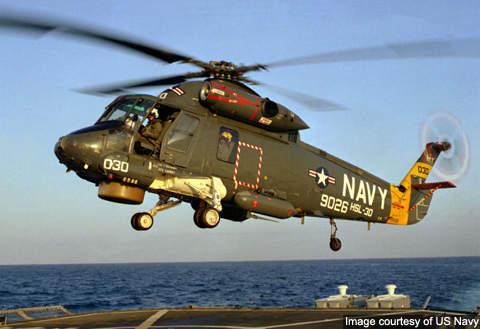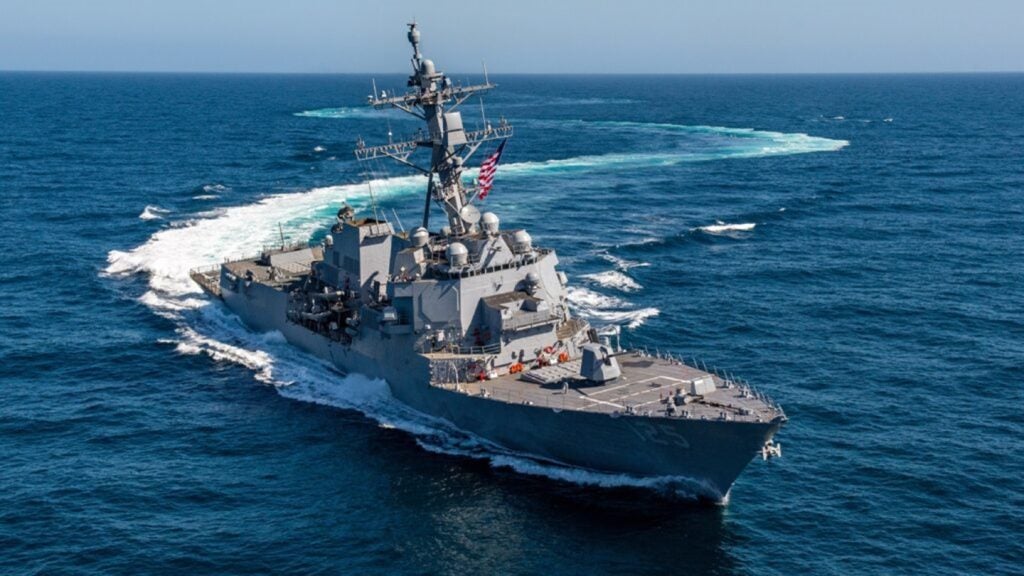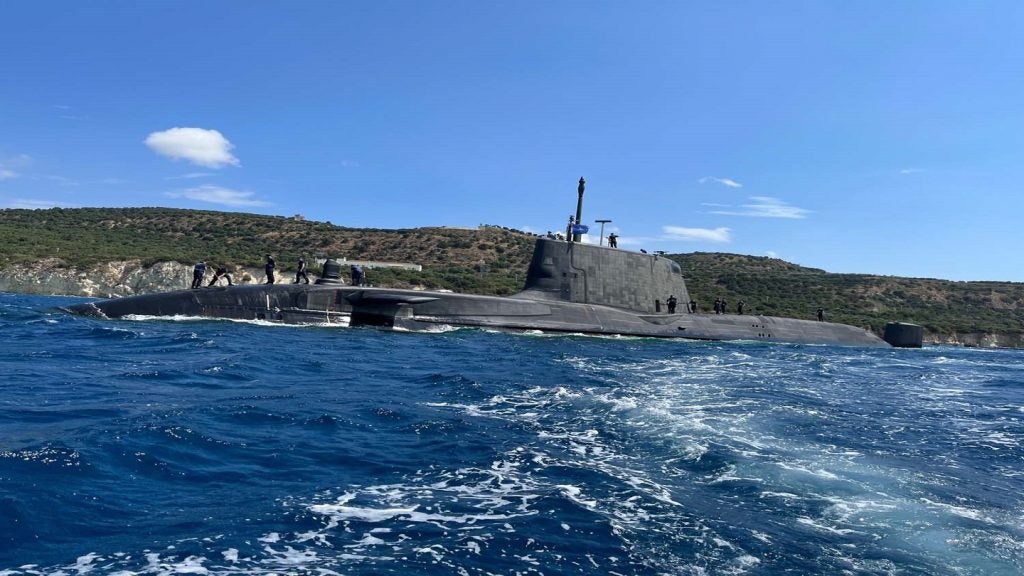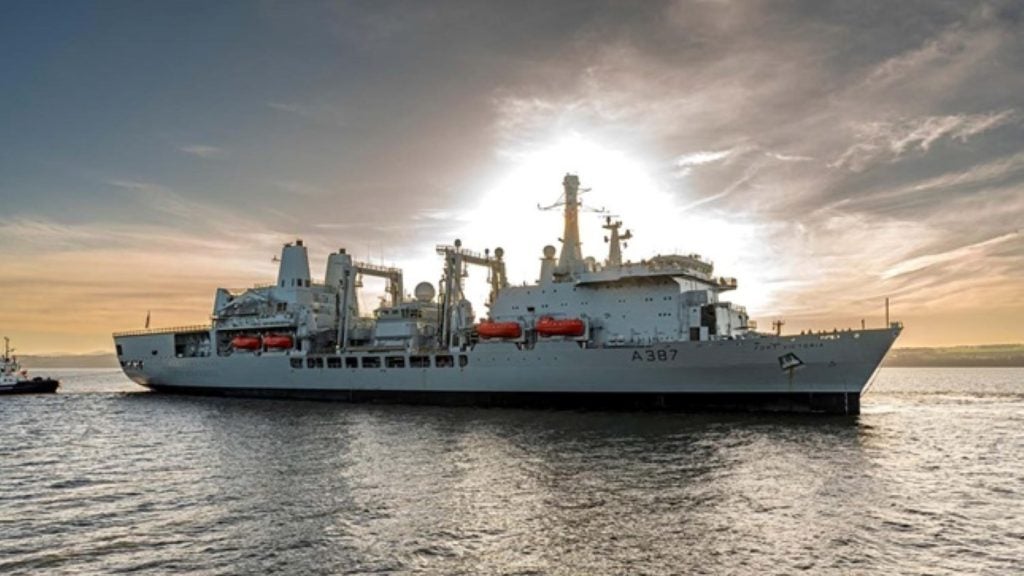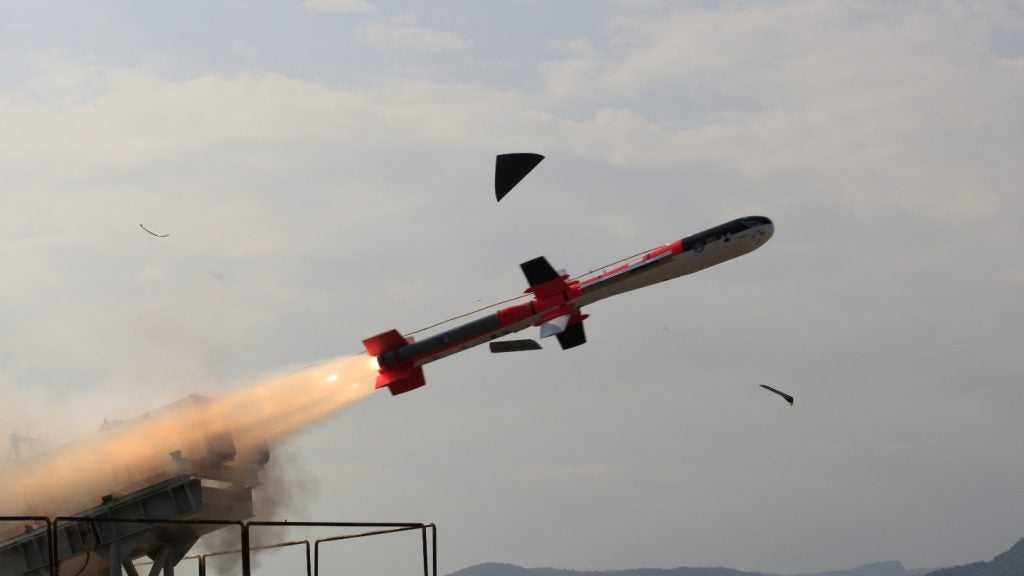The Knox Class frigates are ex-US Navy ships currently remaining in service with the Navies of Republic of China (Taiwan), Mexico, Turkey, Thailand and Egypt. The US Navy put a total of 46 ships into retirement by 1994.
The keel for the lead ship in the class, USS Knox (FF-1052), was laid in October 1965. The ship was commissioned in April 1969 at the Todd Shipyard in Seattle. The final ship of the class, USS Moinester (FF-1097), was commissioned in November 1974. The Knox Class ships were built at Todd, Avondale and Lockheed shipyards.
The Knox Class frigates are deployed in a range of missions including anti-submarine warfare (ASW), protection of commercial shipping and coastal defence operations. In July 2010, the Egyptian Navy has requested a possible sale from the US for the continuation of technical services to support the four Oliver Hazard Perry and two Knox Class frigates under an estimated $210m foreign military sales program.
Knox Class variants
The Baleares Class frigate was a modified version of the Knox Class. The modifications included standard surface-to-air missiles and associated radars replacing the Sea Sparrow point defence missile system and ASW helicopter facilities.
Five frigates were commissioned by the Spanish Navy between 1974 and 1976, and retired from service by 2009.
Design and features
Designed principally as anti-submarine platforms, the Knox Class frigates are equipped with hull mounted sonars. The ship’s design incorporates a helicopter deck and a hangar on the aft side.
The frigate is powered by a steam powerplant. The propulsion system provides faster acceleration to the ship. Knox Class has an overall length of 133.5m, beam of 14.3m and draught of 7.5m.
Full load displacement of the ship is 4,200t. The ship can accommodate 285 crew members.
Weapon systems
Knox Class frigates are armed with an Mk-16 eight-cell missile launcher for ASROC and Harpoon missiles, and a RIM-7 Sea Sparrow basic point defence missile system (BPDMS) or Phalanx close-in weapon system (CIWS). The Sea Sparrow missile can be used against the low-flying aircraft approaching the ship. Four single tube launchers are fitted for Mark 46 torpedoes. The main gun installed forward is a 127mm 54 calibre Mark 42 gun.
The Republic of China Navy (ROCN) frigates are armed with 10 SM-1 missiles launched from two twin box launchers above the helicopter hangar and two triple box launchers.
Countermeasures
The Raytheon AN/SLQ-32 Electronic Warfare (EW) system on-board provides early warning, identification and direction capabilities against simultaneous threats.
The system can be interfaced with decoy launchers for the firing decoys and chaff to deceive incoming anti-ship missiles.
Aircraft
The helicopter deck can support the operations of an SH-2D Sealite helicopter. The SH-2D is equipped with sensors and torpedoes to detect and destroy submarines at long ranges. It also provides anti-ship attack capability and radar warning of incoming enemy missiles.
Sensors / radars
The sensor and processing systems include an AN/SPS-40 air search radar, AN/SPS-67 surface search radar, AN/SQS-26 sonar and AN/SQR-18 towed array sonar. The AN/SQS-26 hull-mounted sonar operates in various modes including omni-directional, phased directional, bottom bounce, and convergence zone.
The frigates are also fitted with AN/AQS-35V independent variable depth sonar (IVDS). The sonar operates in 13kHz range and features dual planned position indicator radar displays.
The transducers are placed in a fibreglass-enclosed structure accommodating the sonar array and a gyro-compass/sensor package.
This fish-shaped structure is launched by the 13V hoist from a stern compartment to depths up to 180m. The IVDS uses the water layer temperature conditions in close-range to detect and track submarines.
Propulsion
The frigate is powered by a single, screw-geared turbine driving a single propeller shaft. It generates a power output of 26MW. Two boilers installed on the steam plant are equipped with a high-pressure forced draught air supply system.
The propulsion system provides the ship a maximum speed of 27kt.



